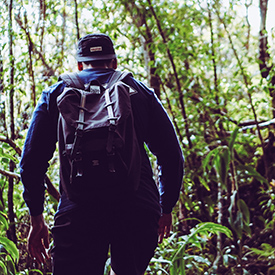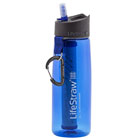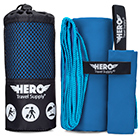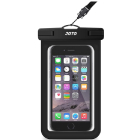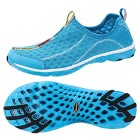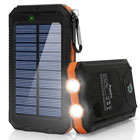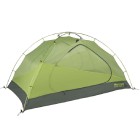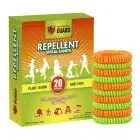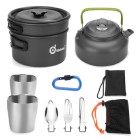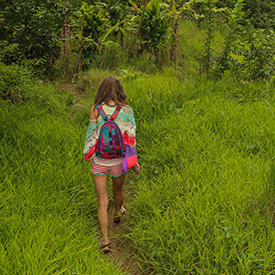Hiking: For hiking, it’s most important that you wear amazing hiking shoes. They should be waterproof and quick-drying, and they should have a suitable grip for wet and unstable terrain. Wear quick-drying hiking shorts, a moisture-wicking t-shirt, and a hiking hat to keep you cool and comfortable in the sun and when you sweat.
Beach: For the beach, wear swimwear, including a rashguard to keep cool and protected from the sun. Women can pack a cute beach dress, sarong, or cover-up as well. Sunglasses will be necessary during certain parts of the day, as well as reef-safe sunscreen and a hat. The sand can be very hot in the middle of the day, so you may be more comfortable wearing water shoes when walking the beach too.
Exploring the valley: Definitely wear water shoes as well as waterproof swimwear for exploring the valley, as you may want to alternate between walking through the forest and dipping, swimming and crossing the river.
Campfires: At night, you may find yourself sitting by a fire or stargazing on the beach. For night activities, wear comfortable, breathable and loose-fitting long pants and long sleeves, as nights may get just slightly chilly. A lightweight hoodie or flannel may also be good for sitting out at night and sleeping.




